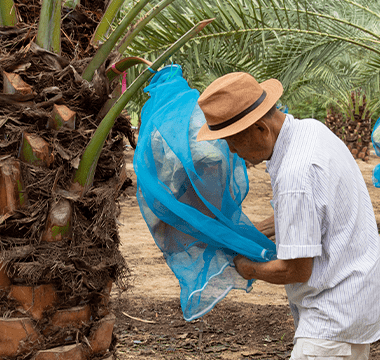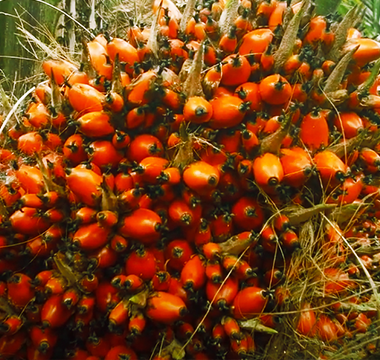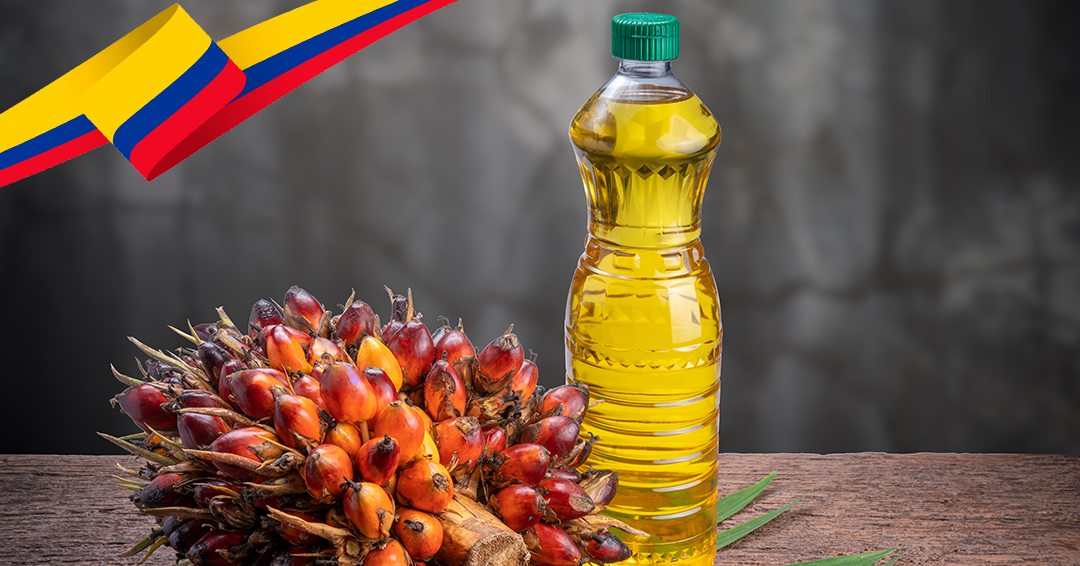How did Colombia become the palm oil powerhouse of Latin America?
The oil palm commercial farming process in Colombia began in 1945 when an American company established a plantation in the banana-growing area of the Magdalena department.
Following the economic liberation of Colombia’s economy in the 1990s, and then the 2002 election of former President Alvaro Uribe, the palm oil industry began a course of rapid growth over the next 16 years.
Today, Colombia produces more palm oil than any other Latin America country, and is considered the fourth largest producer in the world.
With the disarmament and demobilisation of Colombia’s oldest and largest guerrilla group, FARC, in 2016, the government spoke of writing a new chapter in the country’s turbulent history. One of the government’s central goals for peace was to expand economic and social investment in the countryside by encouraging agricultural development, especially in areas that were previously off-limits, and considered dangerous, due to the conflict.
Palm oil: rebirth of the field?
The Ministry of Agriculture Juan Guillermo Zuluaga has indicated that the palm oil industry will play a fundamental role in the “rebirth of the countryside” led by the central government.
Colombia produces more palm oil than any other Latin-American country and, as of 2016, is considered the fourth largest producer in the world. The producers’ organisation of palm oil, FEDEPALMA, reported a record of 1.6 million metric tons of crude palm oil produced in Colombia in 2017; a substantial 42 percent increase from the previous year. According to the National Administrative Department of Statistics (DANE, its acronym in Spanish), palm oil related exports generated $414 million in export revenues for Colombia in 2017; it went up a 48 percent from the previous year, and the majority was exported to the USA.

Palm oil, along with ethanol, also forms the pillar of Colombia’s biodiesel industry, which by law must be accounted by 10 percent of automobile fuel sold throughout the country.
The oil palm commercial plan in Colombia began in 1945 when the United Fruit Company, founded in the United States, established a plantation in the banana-growing area of the Magdalena department. Over the next three decades, the palm oil crop grew steadily as the palm oil production was largely destined for local markets.
However, following the economic liberation of Colombia’s economy in the 1990s and following the 2002 election of former President Alvaro Uribe, whom Bloomberg describes as a «spoiled of the market» and whose campaign was supported by at least 45 of the most influential agricultural families in Colombia the palm oil industry began a trajectory of rapid growth over the next 16 years.
According to FEDEPALMA, the number of crops grew 200 percent (200%) in less than two decades, from 157,000 hectares in 2000 to 516,000 hectares in 2017.

To promote palm oil expansion, Uribe provided the industry with a lower tax rate and credit financing options. Researcher Victoria Marin-Burgos’ research on oil palm expansion between 2000 and 2010, showed that Uribe’s special action helped expand oil palm projects to municipalities that had experienced high and medium levels of displacement.
Currently, palm oil production continues to increase, envisioning a forthcoming leadership of Colombia in Latin America and the globe.
Follow us on our social networks and websites to learn more about palm oil crops, its benefits, characteristics, production, environment and byproducts.
We are GREMCA S.A. , Agriculture & SUSTAINABLE Energy.

